You can first draw the background and text, then draw the foreground lime rectangle using PatBlt method with PATINVERT parameter to combine foreground drawing with background drawing:


using System;
using System.Drawing;
using System.Runtime.InteropServices;
using System.Windows.Forms;
public class MyProgressBar : Control
{
public MyProgressBar()
{
DoubleBuffered = true;
Minimum = 0; Maximum = 100; Value = 50;
}
public int Minimum { get; set; }
public int Maximum { get; set; }
public int Value { get; set; }
protected override void OnPaint(PaintEventArgs e)
{
base.OnPaint(e);
Draw(e.Graphics);
}
private void Draw(Graphics g)
{
var r = this.ClientRectangle;
using (var b = new SolidBrush(this.BackColor))
g.FillRectangle(b, r);
TextRenderer.DrawText(g, this.Value.ToString(), this.Font, r, this.ForeColor);
var hdc = g.GetHdc();
var c = this.ForeColor;
var hbrush = CreateSolidBrush(((c.R | (c.G << 8)) | (c.B << 16)));
var phbrush = SelectObject(hdc, hbrush);
PatBlt(hdc, r.Left, r.Y, (Value * r.Width / Maximum), r.Height, PATINVERT);
SelectObject(hdc, phbrush);
DeleteObject(hbrush);
g.ReleaseHdc(hdc);
}
public const int PATINVERT = 0x005A0049;
[DllImport("gdi32.dll")]
public static extern bool PatBlt(IntPtr hdc, int nXLeft, int nYLeft,
int nWidth, int nHeight, int dwRop);
[DllImport("gdi32.dll")]
public static extern IntPtr SelectObject(IntPtr hdc, IntPtr hgdiobj);
[DllImport("gdi32.dll", EntryPoint = "DeleteObject")]
public static extern bool DeleteObject(IntPtr hObject);
[DllImport("gdi32.dll")]
public static extern IntPtr CreateSolidBrush(int crColor);
}
Note: The controls is just for demonstrating the paint logic. For a real world application, you need to add some validation on Minimum, Maximum and Value properties.


